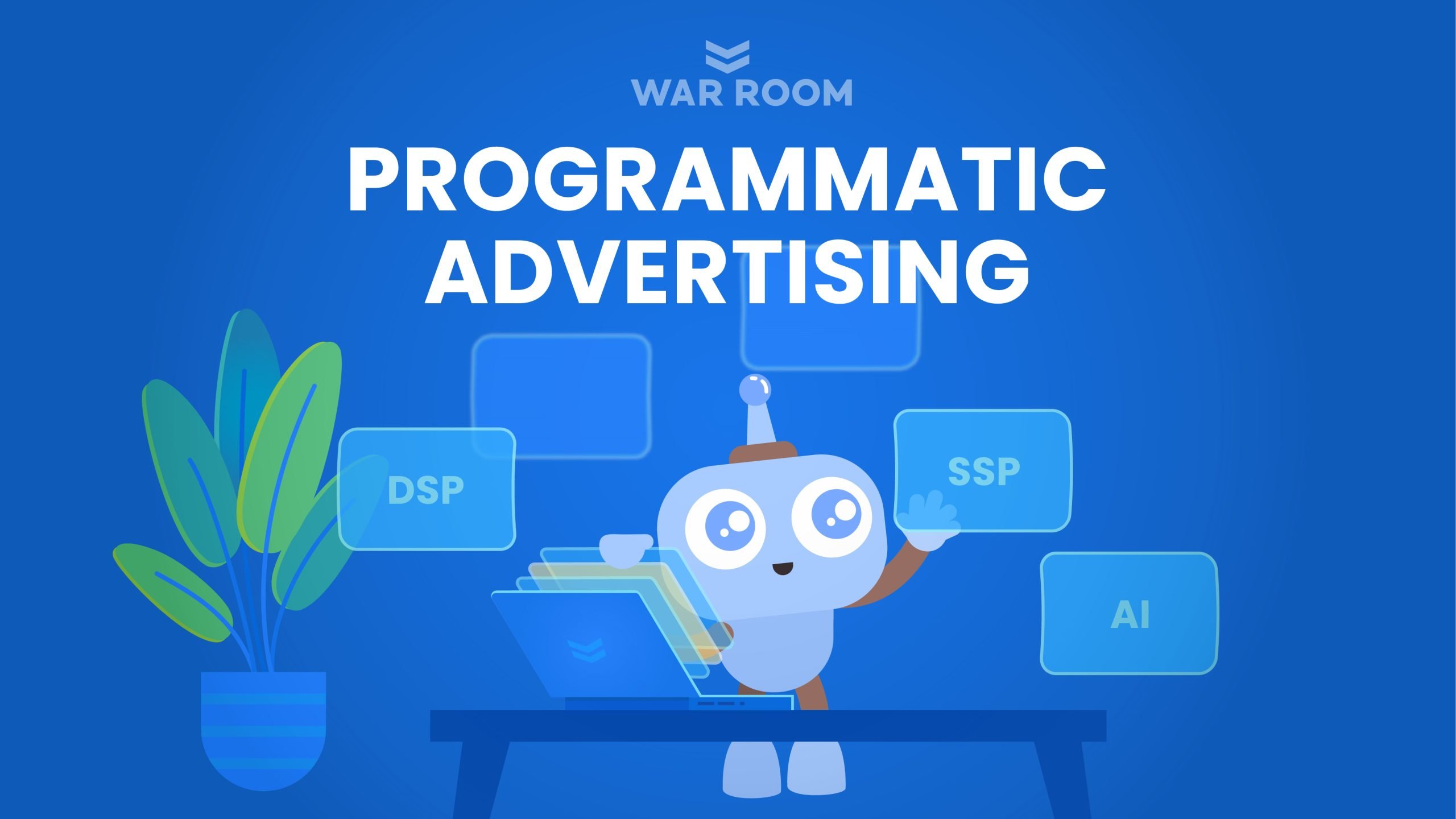Privacy laws aren’t slowing down. Third-party cookies are on their way out. Your customers want you to respect their data—but your campaigns still need to convert.
Here’s the thing:
Cohort advertising lets you run targeted campaigns by grouping people based on what they do or what they’re interested in, not by following them around the internet.
You still get the precision that makes digital advertising work. You just do it without the tracking methods that are dying or making people uncomfortable.
This guide covers what cohort advertising actually is, how the mechanics work, when it makes sense for your business, and how to start building cohorts from data you already have.
What is cohort advertising and how does it actually work?
Cohort advertising targets groups of users instead of individuals. You’re grouping people who share characteristics—demographics, interests, purchase timing, browsing patterns—rather than following specific people across the web.
You define these cohorts using first-party data you already collect: website behavior, purchase history, email engagement. Platforms also provide aggregated anonymous data you can use. When someone in a cohort visits a site or opens an app, they see ads relevant to that group’s shared characteristics. The system doesn’t need to know who they are specifically.
The technology plugs into programmatic advertising systems you’re already using—same automated buying infrastructure, same placement mechanics. The difference is you’re targeting at the group level instead of tracking individuals.
What about cohort marketing?
People tends to use cohort advertising and cohort marketing interchangeably, though marketing usually means the broader strategy while advertising focuses on paid media placements specifically.
Cohort advertising vs. individual targeting
Individual targeting tracks a specific person across sites using cookies or device IDs, building a profile of that exact user’s behavior to serve them personalized ads.
Cohort advertising groups people by shared characteristics and serves relevant ads to the group, never storing or accessing personally identifiable information about individuals.
You lose some granularity—like being able to retarget the exact person who abandoned a cart—but you gain privacy compliance and can still reach people with similar purchase intent through behavioral patterns.
The best part?
Cohort advertising is sustainable. It’s not at risk of being blocked by browsers, banned by platforms, or rejected by privacy-conscious consumers. Individual tracking faces all three threats constantly.
Why cohort advertising exists (and why it matters now)
Consumer pushback against invasive tracking created real problems for brands.
When 69% of people have deleted or considered deleting social accounts because of privacy concerns, that distrust directly impacts your marketing campaigns and user engagement. Privacy regulations like GDPR and CCPA started forcing platforms to limit individual tracking, and browsers responded by blocking third-party cookies by default.
Cohort advertising emerged as a practical middle ground between what consumers want (privacy) and what advertisers need (targeting that converts). It removes the creepy factor where ads feel like they’re stalking people across the internet, while still maintaining relevance through pattern recognition across groups.
For your business, this means running effective campaigns without relying on tracking methods that are either disappearing or alienating your audience. The alternative is losing both compliance and customer data trust at the same time.
Types of cohorts you can define
You can group users into cohorts two primary ways: by when they first engaged with your brand (acquisition) or by what actions they take (behavior).
1. Acquisition cohorts
Acquisition cohorts group users based on when they first interacted with your product, visited your site, or made their first purchase—typically within a specific time window. You might create cohorts like “users who signed up in January 2025” or “customers acquired through Instagram ads in Q4.”
This approach lets you track how different acquisition periods perform over time and spot patterns in retention, lifetime value, or engagement based on when people entered your funnel. Acquisition cohorts work particularly well for measuring the long-term impact of marketing campaigns or seasonal factors on customer behavior.
You can compare cohorts against each other to see if customers acquired during a sale period behave differently than those who paid full price. The insights help you decide where to invest acquisition budget and which channels deliver customers who actually stick around.
2. Behavioral cohorts
Behavioral cohorts group users based on actions they take within your product, on your site, or across your marketing touchpoints—what they do rather than when they arrived. Examples include “users who browse but never purchase,” “customers who buy monthly subscriptions,” or “people who engage with email campaigns but don’t click ads.”
These cohorts reveal patterns in how different groups interact with your brand and help you tailor messaging, offers, and creative to specific behaviors. Unlike acquisition cohorts which stay fixed in time, behavioral cohorts are dynamic—someone can move between cohorts as their actions change.
This approach aligns directly with audience segmentation strategies, letting you build campaigns around real user behavior patterns rather than demographic guesses. When you create cohorts based on what people actually do, your targeting becomes predictive instead of reactive.
The key benefits of cohort advertising for your digital advertising strategy
Cohort advertising delivers three core advantages that directly impact your bottom line: compliance that protects your business, budget efficiency through better targeting, and predictive insights for planning.
1. Privacy compliance without performance sacrifice
You stay compliant with GDPR, CCPA, and whatever regulations come next because cohort advertising doesn’t collect or process personally identifiable information.
You’re grouping anonymized data patterns instead of tracking individuals, which means you avoid the legal risk and the compliance overhead that comes with individual tracking. This means you can run marketing campaigns run without the constant worry that a browser update or platform policy change will break your entire targeting strategy overnight.
That stability matters when you’re planning quarterly budgets and annual strategies—you’re building on a foundation that isn’t actively being dismantled by regulators and tech platforms.
2. Smarter budget allocation and lower waste
Cohort-based targeting lets you focus spend on audience segments that actually convert rather than chasing individual users who might never buy.
When you can identify patterns like “users who browse product pages three times within a week convert at 40% higher rates,” you allocate budget toward reaching more people who fit that pattern instead of spreading budget thin across everyone who visited your site once.
This translates directly to lower customer acquisition costs and better ROAS because you’re targeting based on proven behavioral signals rather than assumptions about what individual users might want. You stop wasting budget on low-intent traffic and double down on the cohorts that drive revenue.
3. Predictive insights for campaign planning
Cohort analysis shows you how different groups behave over time, which means you can forecast campaign performance before you spend. If customers acquired through paid social in Q4 have 30% higher lifetime value than those from display ads, you know where to shift budget for the next quarter.
You can spot problems early too. When a cohort’s engagement drops after 60 days, you know to adjust your retention campaigns before churn becomes a bigger issue. That kind of forward visibility helps you make proactive decisions instead of reactive ones, which is the difference between optimizing campaigns and constantly putting out fires.
When cohort advertising makes sense for your business
Cohort advertising works best in a few specific scenarios.
You have first-party data worth using
If you’re tracking website behavior, purchase history, email engagement, or product usage, you already have the raw material to build cohorts. The question is whether that data reveals patterns worth targeting.
Cohort advertising makes sense when you can segment users into groups that behave meaningfully different from each other. If your data shows that “users who view three product pages in one session” convert at double the rate of single-page visitors, that’s a cohort worth building campaigns around.
You’re running programmatic at scale
Cohort targeting integrates into programmatic advertising infrastructure, which means it’s most effective when you’re already buying media programmatically and have enough spend to make optimization worthwhile.
If you’re spending $40K+ monthly on programmatic campaigns, cohort-based approaches give you a more sustainable targeting strategy than relying on third-party cookies that are disappearing.
Small-scale advertisers or those focused exclusively on social platforms might find simpler targeting methods work fine for now. But if programmatic is a core channel for you, cohort advertising is how you maintain performance as individual tracking methods fade out.
Your audience cares about privacy
If you’re targeting demographics that actively avoid tracking—tech-savvy users, privacy-conscious consumers, younger audiences who delete cookies regularly—cohort advertising helps you reach them without triggering the resistance that invasive tracking creates.
Brands in regulated industries (finance, healthcare, education) or those selling to European markets where GDPR compliance is non-negotiable get immediate value from cohort-based approaches. You’re building campaigns on a foundation that doesn’t require constant legal review or compliance workarounds.
How to start building cohorts from your data
Building effective cohorts comes down to three steps: identifying the first-party data you actually have access to, defining cohorts based on business outcomes that matter, and integrating those cohorts into your advertising platforms.
Audit your first-party data sources
Start by mapping what customer data you’re already collecting across your CRM, analytics platform, email system, and product usage logs.
You’re looking for behavioral signals that indicate intent or value: page views, time on site, purchase frequency, cart abandonment, email opens, feature usage, support tickets.
The goal is understanding which data points correlate with outcomes you care about—conversions, retention, lifetime value, engagement. For example, if users who watch product demo videos convert at higher rates, that’s signal worth building a cohort around. Or if newsletter subscribers who click three times become customers at 50% higher rates than one-click visitors, that’s another cohort.
Define cohorts around business outcomes
Create cohorts based on meaningful business metrics rather than arbitrary demographic splits.
-
High lifetime value customers
-
Frequent purchasers
-
At-risk churners
-
Users who engage with specific product categories
And so on. This will give you actionable groups to target.
Each cohort should represent a distinct behavior pattern that suggests different advertising needs. “Users who browse but never purchase” need different creative and messaging than “customers who buy monthly subscriptions”—so they should be separate cohorts with separate campaign strategies.
Integrate cohorts into your advertising platforms
Connect your cohort data with your programmatic advertising platform or provider (like a DSP) or ad channels to activate these audiences in your campaigns.
From there, you continuously refine based on performance data. Test different cohort groupings, adjust the criteria that define each cohort, and measure which definitions drive the best results for your specific business goals.
Cohort advertising isn’t set-it-and-forget-it—it’s an ongoing optimization process.
The bottom line on cohort advertising
Cohort advertising lets you run targeted, effective campaigns without relying on individual tracking methods that are disappearing or damaging consumer trust. You get privacy compliance, smarter budget allocation, and predictive insights—all while maintaining the precision that makes digital advertising work.
If you’re collecting first-party data and running programmatic campaigns at scale, cohort-based approaches should be part of your strategy now. This isn’t something you wait to adopt later—it’s how you maintain performance as the industry moves away from individual tracking.
Want to hand it over to a team of experts instead?
Building and optimizing cohorts requires specialized infrastructure most marketing teams don’t have in-house. Why not let the War Room team handle the technical complexity instead?
Our Kedet platform unifies your paid media channels across 15+ platforms with AI-powered optimization that surfaces performance opportunities others miss. It consolidates your first-party and cross-channel data in real time, giving you accurate insights without duplicated conversions or lost attribution.
What you get:
- Privacy-compliant programmatic campaigns with first-party data strategies
- Real-time optimization with AI-driven adjustments that boost ROAS
- White-glove service from specialists who operate as your strategic partner
We pair cutting-edge platform capabilities with hands-on expertise. You maintain full visibility while we handle cohort definition, campaign execution, and continuous refinement. Explore our services to see how we simplify programmatic complexity.




